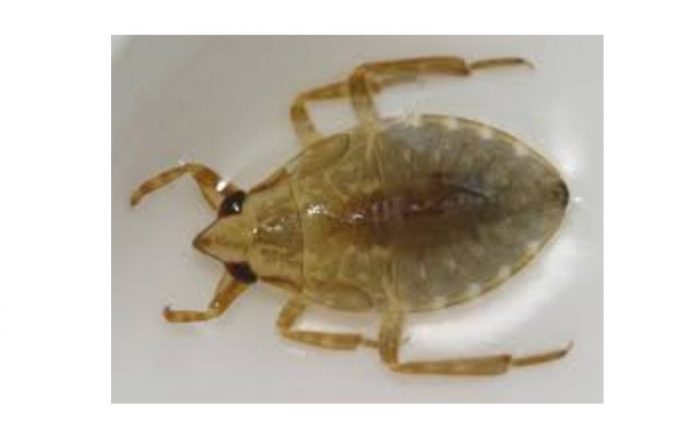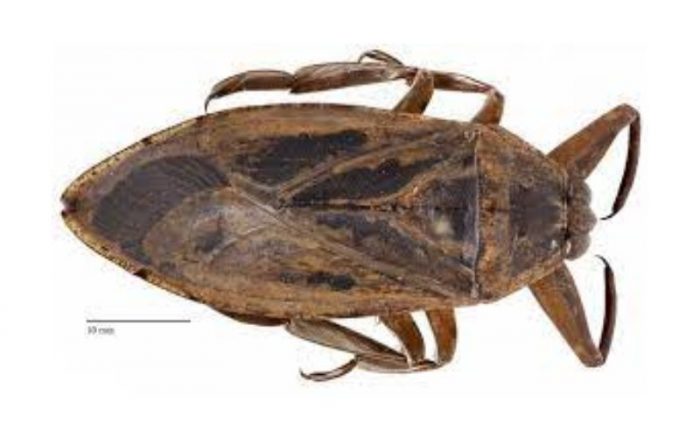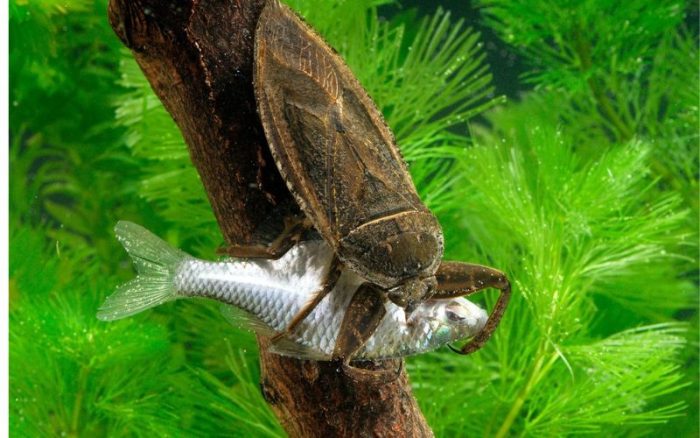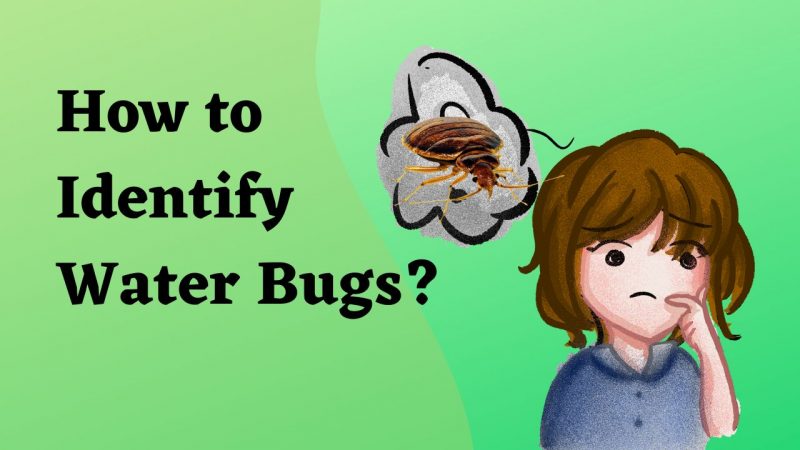Identifying insects is not our best ability. This is because most of them look almost similar to each other. Every creeping flat insect is considered a cockroach. One of the most common insects that look like cockroaches is water bugs. Though they are almost similar, there are several differences between them. In this article, we will discuss how to identify water bugs.
Are Cockroaches the Same as Water Bugs?
Cockroaches and water bugs might look the same but belong to different orders in the animal kingdom. Cockroaches belong to the Blattodea order, whereas water bugs belong to the order Hemiptera.
Despite their dissimilarities, it is easy for people to get confused between a cockroach and a water bug. Some people even call cockroaches – water bugs, says Scott O’Neal – an urban entomologist at the University of Nebraska.
What are Water Bugs?
Water bugs refer to a member of an infra order of insects known as Nepomopha, which contains more than 2000 species found globally except in the icy regions of the north and south poles. Some live in freshwater and feed on fish, while some are amphibians feeding off fish and other insects.

The water bugs group is called ‘the hidden horned ones.’ This is because of their antennae which are short and weak. Another name for these creepers is ‘toe-biter’ because they tend to give a painful bite on human toes. These insects are called True Bugs. Some other insects from the same group are – assassin bugs, bed bugs, leafhoppers, shield bugs, etc.
How to Identify Water Bugs – Appearance?
Appearance is one of the factors that you can consider to identify a water bug –

Body Structure
You can identify water bugs by their appearance. They have long, flattened bodies and legs. They have two compound eyes and do not have ocelli – which other insects have. This feature is common in the insects from the Heteropetra suborder.
Antennae
They have short antennae which are tucked into the grooves behind the eyes. Though they are amphibians, they cannot breathe underwater. So, they have retractable breathing tubes that reach the water’s surface for air to breathe while in water.
Legs
Water bugs have eight pairs of legs, and their first pair of legs are modified to catch their prey. They catch their prey with their frontal legs and inject potent saliva to paralyze them with piercing mouthparts.
Size
The giant water bug, the biggest species in the group, is 2-4 inches long. Another large species – the water scorpion, is between 0.6 to 1.8 inches long.
Color
Water bugs are usually tan to dark brown and mostly do not fly.
How to Identify Water Bugs – Habitat?
If you are wondering how to identify water bugs based on habitat – check near damp areas and water banks. They cannot survive the cold weather and are usually found in the aquatic region – mainly in freshwater. A few family members are found along the edge of the water bodies.
How to Identify Water Bugs – Diet?

Water bugs are usually predators. They prey and feed on other insects. Larger water bugs prey on small fishes and other amphibians. While some species are omnivorous and feed on aquatic plants as well.
Conclusion
Now that you know how to identify water bugs, it will be easier to distinguish between a cockroach and water bugs. Cockroaches are home pests while water bugs live in aquatic regions. But some bugs can invade your home.
FAQs
Q1. Are water bugs dangerous?
Ans. Not all water bugs are dangerous. However, some bugs, like the Scorpion water bug, can give you an excruciating bite. However, their bite is not harmful.
Q2. How to get rid of water bugs at home?
Ans. Below are the ways you get rid of water bugs –
1. Eliminate the food source
2. Keep the place dry
3. Keep your area clean
Q3. What kills water bugs fast?
Ans. A mixture of boric acid and water is the most effective solution to eliminate water bugs.
Q4. What causes water bugs in the house?
Ans. Water bugs access your home through water pipes and drain. To keep off these creepers, seal off the cracks and keep the place dry and clean.
